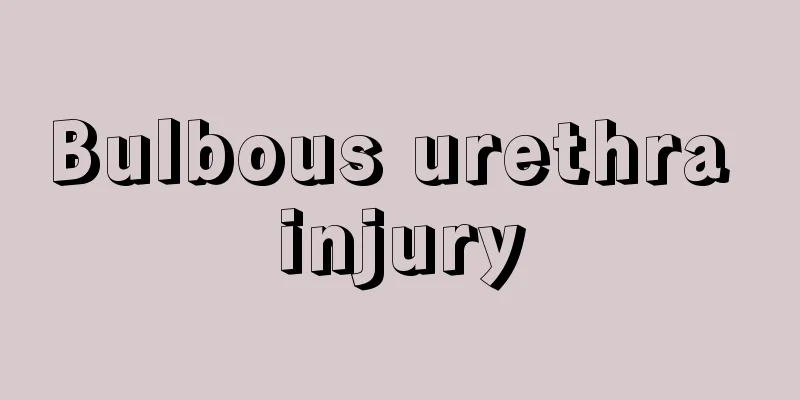Bulbous urethra injury

|
The bulbar urethra is an important part of the male urethra and can be injured due to various factors. In this case, surgery is a better way to treat bulbar urethra injury. A typical example is bulbar urethra injury repair and anastomosis. We must have a comprehensive understanding of the surgical situation, make all preparations for the operation, and strive to achieve the best treatment effect. Let us now learn more about this surgery. Indications 1. Difficulty urinating after injury, inability to insert a urinary catheter into the bladder, confirmed to be urethral rupture or rupture. 2. Patients with urine extravasation and large local hematoma after injury. Contraindications 1. Closed urethral injury lasts for more than 72 hours, and open injury lasts for more than 24 hours. Due to local tissue edema and congestion, urethral repair and anastomosis is not suitable, and only suprapubic cystostomy and urine extravasation incision and drainage can be performed. 2. If bulbar urethra injury is accompanied by other life-threatening tissue and organ injuries, other life-threatening injuries should be treated first. For patients with unstable injuries, urethral repair and anastomosis are not performed, only suprapubic cystostomy is performed. Surgical procedures The general steps of the operation are: ①Perineal incision to fully expose the entire bulbar urethra. ② Longitudinal incision of the bulbospongiosus muscle will reveal the injured part of the urethra. ③ Find the urethral stump and free it. ④ Anastomosis of the urethra. ⑤Close the incision and place drainage. ⑥Drain extravasated urine. Postoperative complications Bleeding, urinary extravasation, urinary fistula, infection, urethral stenosis. Postoperative Care Routine care, patency and fixation of urinary catheter and cystostomy tube, strict bed rest for 1 to 5 days after surgery, and then mainly bed rest with light activities; health education. Precautions 1. Properly secure the indwelling urinary catheter and flush it 2 to 3 times a day to keep it unobstructed. 2. Use antibiotics to prevent and treat infection. 3. Taking female hormones and sedatives can inhibit penile erection, especially young and middle-aged patients should pay more attention to this. 4. Be careful to prevent the incision from being contaminated by defecation. People with constipation should have an enema before defecation. 5. The rubber drainage sheet for incision should be removed 48 hours after surgery, and the urine extravasation drainage sheet should be removed daily starting from 72 hours after surgery according to the disappearance of local swelling. 6. The catheter left in the urethra should be removed 7 to 14 days after the operation. 7. For patients who have difficulty urinating after surgery, the urethra can be dilated once before discharge. For those with difficulty urinating, the cause should be identified and urethrography or urethroscopy should be performed if necessary. If it is due to local scar hyperplasia, regular urethral dilation should be performed. |
<<: What is the reason for the pain in the hand bowl
>>: Fat man's inner thigh abrasion
Recommend
What symptoms are prone to occur in patients with liver cancer? If you have these 4 symptoms, beware of liver cancer
Nowadays, many people are afraid of cancer becaus...
How to whiten teeth with lemon
Many people want to make their black teeth whiter...
Side effects of fluid extraction
The incidence of liver disease is very high now. ...
Where is the best place to check for ovarian tumors
Which hospital is good for ovarian tumors? There ...
What to do if my face becomes red and painful from welding
During the welding process, if the welders fail t...
What are the benefits of boiling corn in water
Corn is corn. Boiling water with corn has certain...
Harmful gases and dust are the main causes of laryngeal cancer
The causes of laryngeal cancer may be related to ...
Why is my face red but not itchy?
In life, everyone pays great attention to the con...
Is garlic good for the heart?
We often eat garlic. Whether we eat dumplings or ...
Nine symptoms remind you that your body needs a physical examination
1. Low back pain This could be cystitis or adnexi...
Can fresh lotus seeds be eaten raw
In autumn, many foods are ripe, so we can eat a l...
What are the effects and functions of Morganite
As we all know, most female friends have no resis...
Symptoms of throat lymphadenitis
It is well known that inflammation of the throat ...
The most obvious sign of colon cancer
As a common digestive system malignancy, the symp...
The main causes of tongue cancer
Cancer is a household name. It is cruel and diffi...









